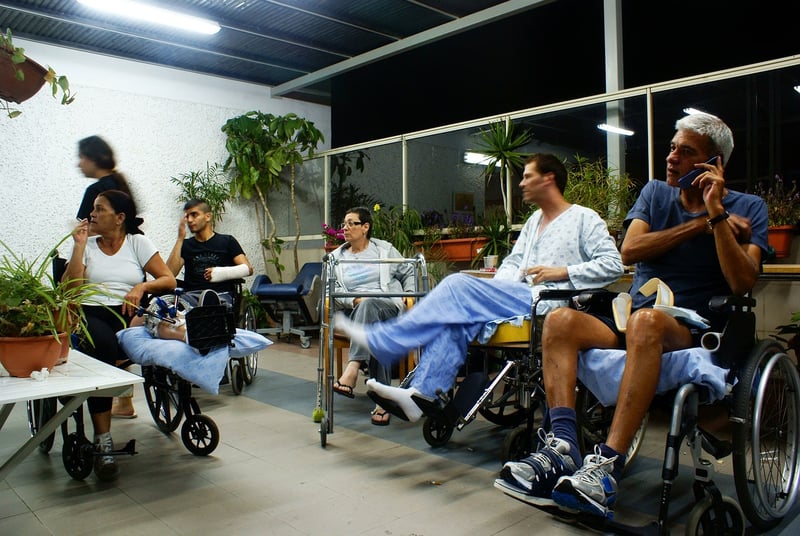Rehabilitation Practices
Physical and Emotional Recovery + Rehabilitation Practices
Introduction
Recovering from physical injuries or emotional trauma can be a challenging journey, but with the right practices and support, it is possible to heal and regain strength. This article explores the importance of both physical and emotional recovery, as well as rehabilitation practices that can aid in the healing process.
Physical Recovery
Physical recovery is essential for regaining strength, mobility, and overall well-being. It involves a combination of rest, proper nutrition, and physical therapy. Here are some key practices that can help in physical recovery:
- Rest: Giving your body time to heal is crucial. Ensure you get enough sleep and avoid overexerting yourself.
- Proper Nutrition: Eating a balanced diet rich in nutrients can support the healing process and boost your energy levels.
- Physical Therapy: Working with a physical therapist can help you regain strength, improve flexibility, and reduce pain.
Emotional Recovery
Emotional recovery is equally important as physical recovery. Dealing with emotional trauma or stress requires self-care, therapy, and support from loved ones. Here are some practices that can aid in emotional recovery:
- Therapy: Seeking therapy or counseling can help you process emotions, develop coping strategies, and work through trauma.
- Self-Care: Engaging in activities that bring you joy, such as hobbies or relaxation techniques, can help reduce stress and improve your mood.
- Support System: Surrounding yourself with supportive friends and family members can provide comfort and encouragement during difficult times.
Rehabilitation Practices
Rehabilitation practices are designed to help individuals recover from injuries, surgeries, or other health conditions. They aim to restore function, reduce pain, and improve quality of life. Some common rehabilitation practices include:
- Physical Therapy: Involves exercises and treatments to improve mobility, strength, and coordination.
- Occupational Therapy: Focuses on helping individuals perform daily tasks and activities independently.
- Speech Therapy: Helps individuals improve communication skills and swallowing abilities.
Conclusion
Physical and emotional recovery, along with rehabilitation practices, are essential components of the healing process. By taking care of both your physical and emotional well-being and following recommended rehabilitation practices, you can enhance your recovery journey and regain a sense of normalcy and strength.



